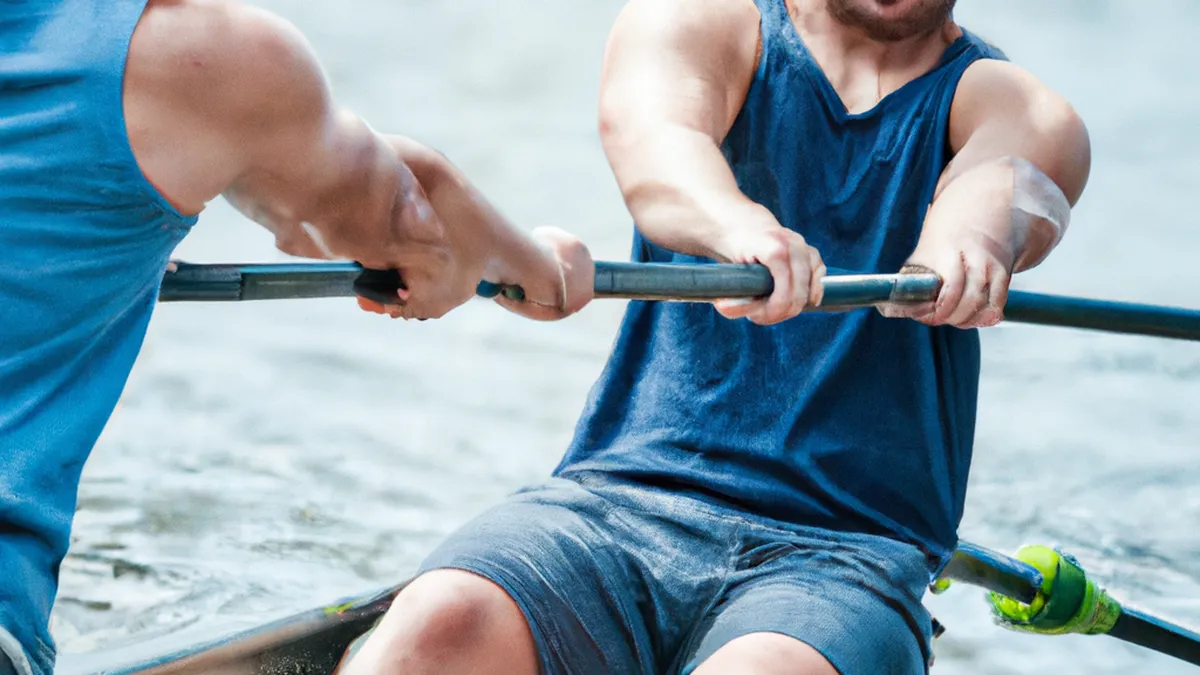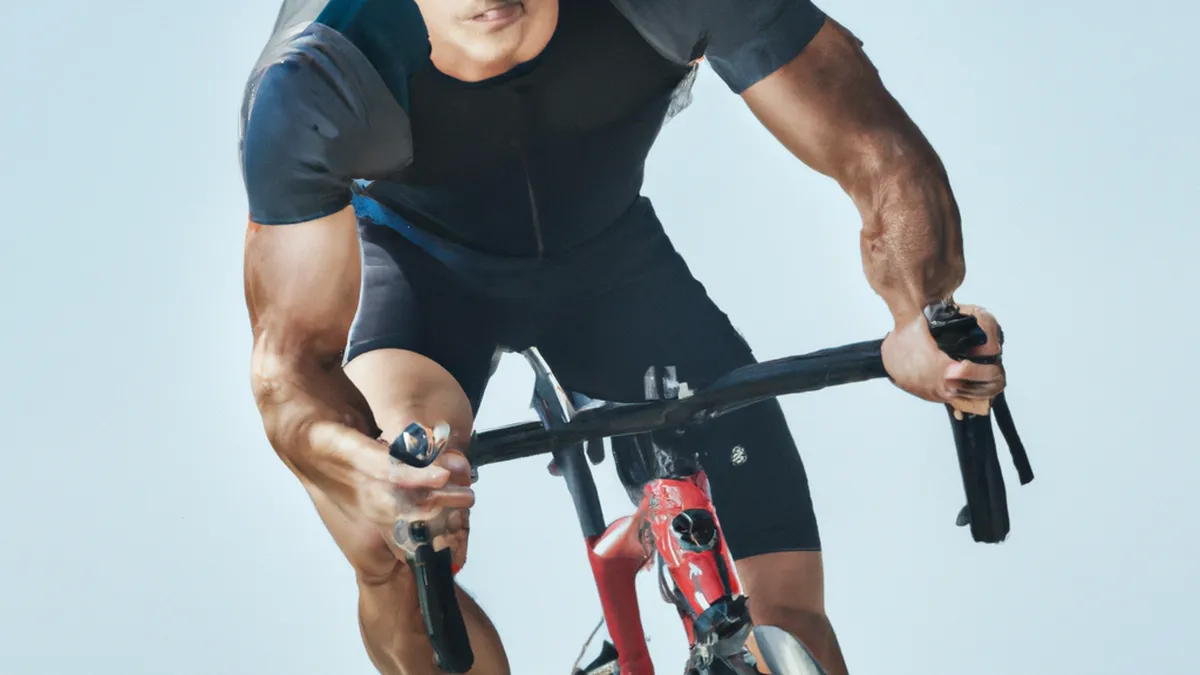Increase Range of Motion with Flexibility
Flexibility Routines to Maintain Mobility in Rowers
As an Amazon Associate I earn from qualifying purchases.
Gear tip: consider running shoes, gps running watch and hydration vest to support this workout.
Rowing demands strength, endurance, and flexibility. As rowers, we often prioritize power and stamina. However, we must also focus on flexibility. Maintaining mobility prevents injuries and enhances performance. Let’s explore effective flexibility routines for rowers.
Why Flexibility Matters for Rowers
Flexibility significantly impacts a rower’s performance. It allows for a greater range of motion during strokes. This increased range improves efficiency and power output. Flexibility also helps rowers recover faster after intense training. Without adequate flexibility, rowers risk strains and tears.
Injury Prevention
Injuries can sideline rowers for weeks or months. Incorporating flexibility routines mitigates these risks. Stretching tight muscles keeps them pliable and reduces tension. As a result, rowers can maintain training schedules without interruption.
Enhanced Performance
Improved flexibility leads to better stroke mechanics. When your body moves freely, you generate more power with each stroke. Additionally, flexibility enhances your posture in the boat. Better posture promotes efficient breathing and oxygen intake, key for endurance.
Key Flexibility Routines for Rowers
Rowers should follow structured flexibility routines to maintain mobility. Here are effective stretches targeting key muscle groups used in rowing.
Dynamic Stretching Routine
Start your warm-up with dynamic stretches. These movements prepare your muscles for the workout. Dynamic stretches increase blood flow and improve flexibility.
1. **Arm Circles**: Stand with arms extended. Rotate arms in small circles, gradually increasing size. Do this for 30 seconds in each direction.
2. **Leg Swings**: Hold onto a wall for balance. Swing one leg forward and backward for 30 seconds. Switch legs and repeat.
3. **Torso Twists**: Stand with feet shoulder-width apart. Rotate your torso left and right while keeping hips stable. Do this for 30 seconds.
Static Stretching Routine
After your workout, static stretching cools down your muscles and improves flexibility. Hold each stretch for 20 to 30 seconds.
1. **Seated Forward Bend**: Sit with legs straight in front. Reach for your toes while keeping your back straight. Feel the stretch in your hamstrings.
2. **Pigeon Pose**: Start in a plank position. Bring your right knee forward behind your right wrist. Extend your left leg back. Lean forward to deepen the stretch.
3. **Shoulder Stretch**: Bring one arm across your body. Use the opposite arm to pull it closer. Hold for 30 seconds, then switch sides.
Additional Tips for Flexibility
Incorporating flexibility requires consistency and awareness. Here are tips to help you stay on track.
Set a Schedule
Create a dedicated time each week for flexibility training. Aim for three to four sessions weekly. Consistency is key for improvements.
Listen to Your Body
Pay attention to how your body feels during stretches. If a stretch causes pain, ease back. Flexibility should come from controlled movements, not forced positions.
Use Foam Rollers
Foam rolling enhances your flexibility routine. It releases muscle tension and improves blood flow. Incorporate foam rolling into warm-up and cool-down sessions.
Benefits of Flexibility Routines
Incorporating flexibility routines into training offers numerous benefits. These advantages significantly impact your rowing performance.
Improved Recovery
Regular stretching helps muscles recover faster. Flexible muscles repair more efficiently after workouts. This means less soreness and quicker returns to training.
Increased Range of Motion
Flexibility increases the range of motion for all joints. This improved mobility allows for smoother, more powerful strokes. You will notice a difference in your overall performance on the water.
Better Mental Focus
Flexibility routines also offer mental benefits. Taking time to stretch clears your mind. It provides a moment to focus on your body and breathing, enhancing your mental state for training.
Conclusion
Flexibility routines are essential for rowers. They help maintain mobility, prevent injuries, and enhance performance. Incorporate dynamic and static stretches into your regimen. You’ll see improvements in rowing efficiency and overall well-being. Stay consistent and listen to your body. Embrace these routines, and watch your rowing performance soar!
Below are related products based on this post:
FAQ
Why is flexibility important for rowers?
Flexibility is crucial for rowers as it allows for a greater range of motion during strokes, improving efficiency and power output. Additionally, it helps with faster recovery after intense training and reduces the risk of injuries such as strains and tears.
What types of stretching routines should rowers incorporate?
Rowers should include both dynamic and static stretching routines in their training. Dynamic stretches, such as arm circles and leg swings, are effective for warming up, while static stretches, like the seated forward bend and pigeon pose, are ideal for cooling down and improving flexibility post-workout.
How often should rowers practice flexibility routines?
Rowers should aim to incorporate flexibility training into their schedule three to four times a week. Consistency is key to seeing improvements in flexibility and overall performance.















Post Comment